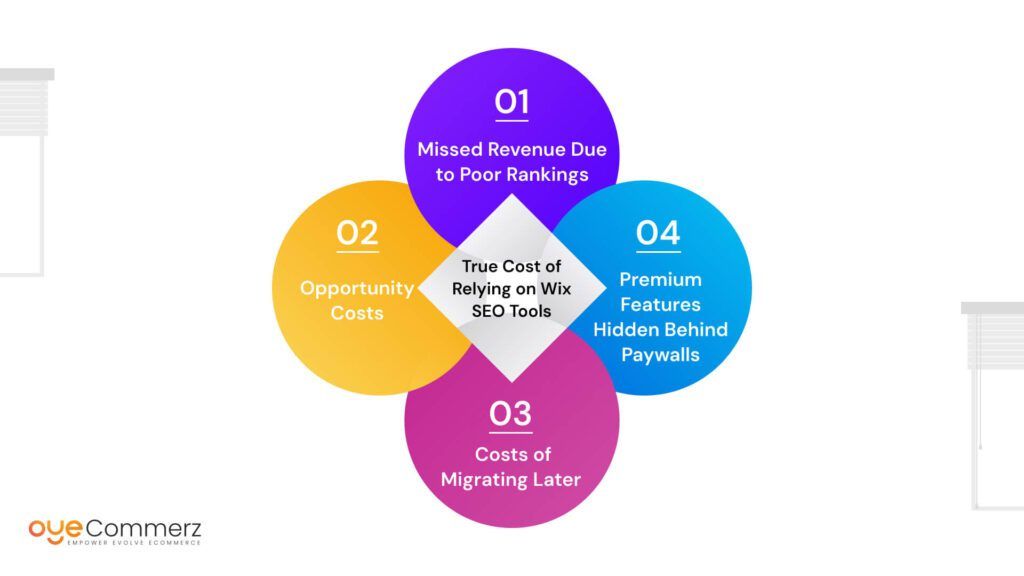In the current digital landscape, selecting the right e-commerce solution is crucial for enterprise success. If you're presently using Wix but thinking about a switch to Shopify, you are in good company. Many companies are migrating to Shopify to leverage its robust capabilities, scalability, and specialized e-commerce tools. This article will walk you through the transition process, ensuring a smooth transition and preparing you for e-commerce success.
Why Switch from Wix to Shopify?
Before diving into the transition process, it's essential to recognize why Shopify might be a superior fit for your e-commerce requirements:
- E-commerce Focus: Unlike Wix, which serves various use cases, Shopify is designed exclusively for e-commerce, providing advanced features and features optimized for online selling.
- Scalability: As your company grows, Shopify can seamlessly handle increased visitor volumes and sales capacity without sacrificing efficiency.
- Extensive App Ecosystem: Shopify provides a vast library of apps that can boost your store's functionality, from advertising solutions to inventory management solutions.
- SEO Capabilities: Shopify provides superior SEO options, which can help boosting your store’s visibility on search engines.
- Transaction Methods: With numerous payment gateways supported, including Shopify Payments, you can provide customers a wide range of options.
Preparing for Migration
To guarantee a trouble-free transition from Wix to Shopify, follow these preparation steps:
1. Backup Your Data
Download all your information from Wix, including product details, customer information, and transaction logs. This process is crucial as it ensures you have a backup of all data before starting the migration.
2. Choose Your Shopify Plan
Assess the various Shopify plans available How to track customer behavior on Shopify store and select one that aligns with your business needs. Take into account factors such as costs, built-in tools, and scalability options.
3. Set Up Your Shopify Account
Register your Shopify profile and explore the platform’s dashboard and features.
The Transition Process
Now that you are ready, it’s time to transfer your store from Wix to Shopify. Here’s how:
1. Import Products
Use Shopify's built-in migration utility or external tools like Cart2Cart or LitExtension to move your products from Wix to Shopify.
Make sure that item details, pictures, prices, and options are accurately imported.
2. Migrate Client Information
Upload client details such as names and contact info into your new Shopify store. This process is vital for maintaining customer relationships Online selling and marketing efforts.
3. Set Up Payment Gateways
Set up payment gateways in your Shopify store to ensure smooth payments. You can choose from multiple platforms like credit cards, PayPal, and more.
4. Customize Your Store Design
Choose a design that aligns with your brand identity. Customize it using Shopify's customization options to create an attractive and user-friendly store layout.
5. SEO Optimization
Implement SEO strategies during the transition process:
- Configure 301 redirects from old Wix URLs to new Shopify URLs.
- Enhance item names, descriptions, and images with targeted keywords.
- Update meta tags and alt texts for better search engine visibility.
Post-Migration Steps
Once your store is live on Shopify, consider these post-migration steps:
1. Check Your Website
Conduct thorough testing of your new store:
- Check item listings for correctness.
- Test transaction methods.
- Ensure all links work correctly.
2. Launch Marketing Campaigns
Announce your new store launch through email newsletters and social media channels.
Consider running promotions or discounts to attract customers.
3. Monitor Performance
Leverage analytics tools within Shopify to monitor revenue growth and user activity.
Modify your strategies based on performance analytics.
Conclusion
Migrating from Wix to Shopify can substantially improve your e-commerce capabilities and set the stage for growth and success. By following this guide and taking a step-by-step approach to the migration process, you can ensure a smooth move that reduces downtime and maximizes opportunities for sales. Welcome the change and see your online store thrive on its new platform!
